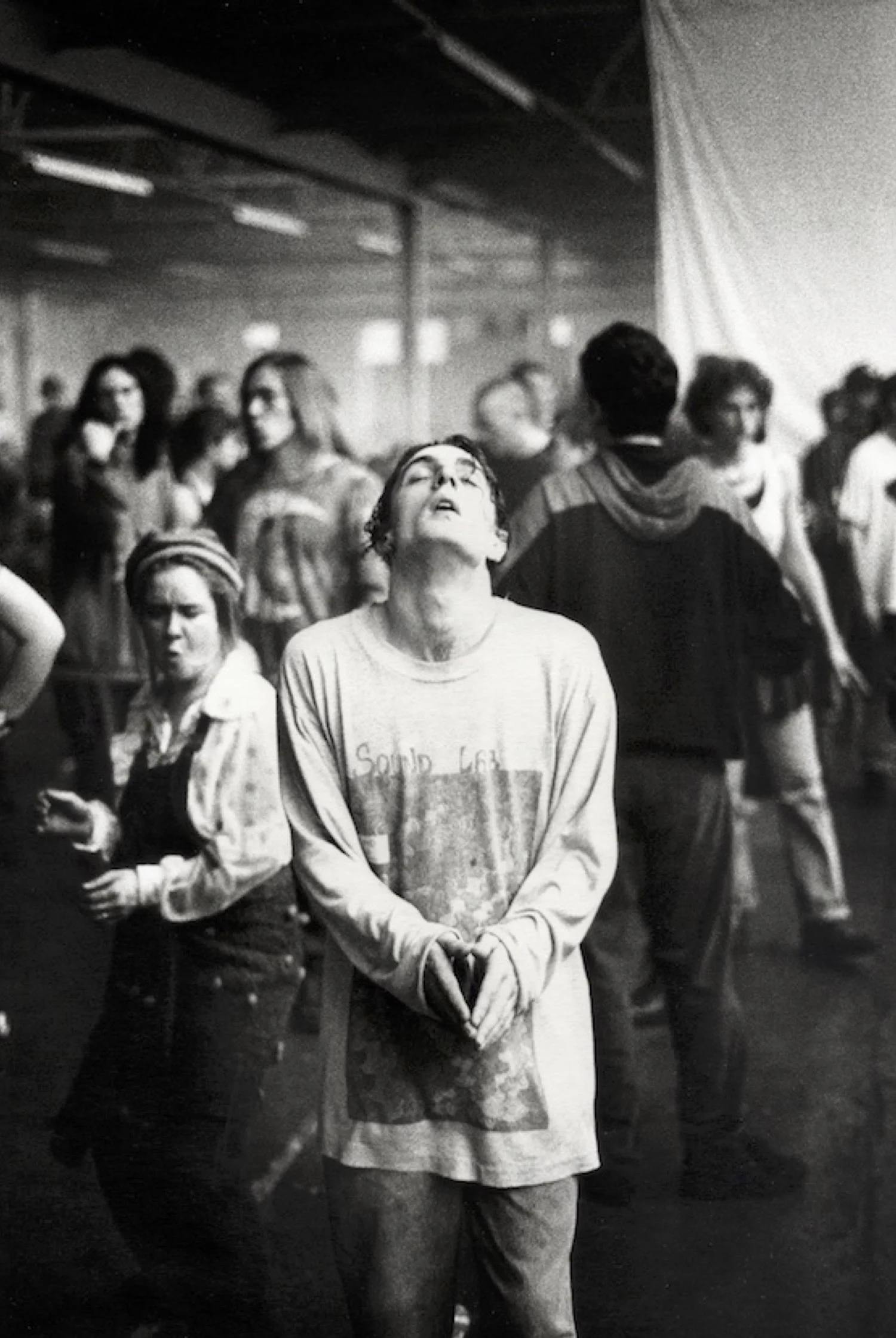HAYAO MIYAZAKI
One of my favourite female film characters of all time, Chihiro from the critically renowned animated film, ‘Spirited Away’ was created by the legendary Japanese director and “ auteur of anime” Hayao MIyazaki. Chihiro was “an ordinary girl, not someone who could fly or do something impossible. Just a girl you can encounter anywhere in Japan” . This film genre known as anime, has a massive cult following. Spirited Away won Best Animated Feature at the Academy Awards in 2003 and is the highest grossing film in the history of the Japanese box office, (grossing approximately $234 million). Meaning audiences worldwide connected with her emotional intricacies, her bravery and Miyazaki’s special way of creating non - cartoony but captivating human characters.
Disney is one of the film’s distributors, and Pixar’s John Lasseter helped Miyazaki create the English dub. The voice actress who plays Chihiro in the American cut, Daveigh Chase also played “Lilo” from Lilo & Stitch ( just some random fun film facts for you).
Miyazaki and his production team at Studio Ghibli do not rely on contemporary computerized animation techniques popularized by studios like Pixar and Dreamworks. Instead, Miyazaki and his team employ the arduous, century-old technique of drawing each animated frame by hand to create the complex narratives as well as themes, including gender roles and the environment which stem from his passion for nature.
‘Miyazaki’s filmic feminism offers a cultural, rather than a more explicitly political, view. As a filmmaker, he affirms female strength and courage, while challenging both female and male gender stereotypes.’
The following text is from an MIT writing study.
Miyazaki: Environmentalist Influences
While feminism was rooted in Miyazaki from an early age, his environmentalist beliefs came later. Not until Miyazaki was in his thirties did he begin to notice the beauty of a tree. The Japanese traditionally have a strong respect for nature and forests, a belief that was slowly degraded by Western influence. Miyazaki is aware of this change and dislikes it because of its anthropocentric ideology. Even when campaigns focus on ecology awareness, Miyazaki expresses pessimism: “It’s a mistake to think about nature from the idea of efficiency, that forests should be preserved because they are essential to human beings” (Miyazaki 359). Miyazaki’s environmentalist ideals center on the importance of the environment for life’s sake, rather than exclusively for humans, whom Miyazaki sees as the source of the current environmental crisis. Margaret Talbot, who interviewed Miyazaki in 2005 for The New Yorker , says that “he looks forward to the time when Tokyo is submerged by the ocean […] when the human population plummets and there are no more high-rises.” This perspective expresses itself in Miyazaki’s second film, Nausicaä of the Valley of the Wind , set one thousand years after the self-induced destruction of mankind.
+ "Speaking from my own experience, I would say you shouldn’t grow your studio too big. You need to make fewer films. I think my producer would agree. Making too many films puts you in a hectic situation. Try to stay modest." via
Read more





